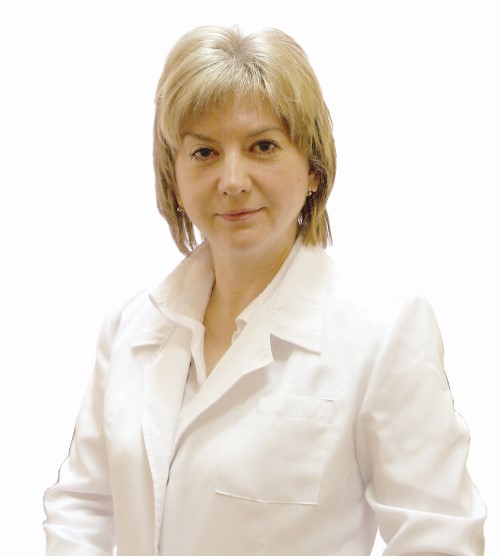 Methods of treating and preventing osteochondrosis
Methods of treating and preventing osteochondrosis
Sharp pain in back is a good reason to consult your doctor. Firstly, it is better that a doctor supervises treatment of osteochondrosis, to avoid complications. Secondly, pain in your back may be connected with serious heart, stomach, bowel or kidney problems. However, if your pain is such that you feel compelled to take some immediate action, what can you do?
If you have lumbar pain, lay on your back with raised legs, to slightly smooth out your lumbar flexure and remove the burden on those muscles. You can try to lay on your belly, with a pillow underneath. If your pain eases in this position, it shows it’s best for you. You should avoid movements causing discomfort or pain. Help yourself with a Schanz collar (at the cervical localisation) or a belt-corset. Lay down and rise very carefully, trying not to cause pain. In order to rise from bed, first of all lower your legs onto the floor, then lean on your hands and smoothly lift your body. On sitting, move to the side of the bed and slowly stand, avoiding bending the front of the body.
Remain calm, without panicking about the pain, since tension leads to muscular spasms. Precisely follow your prescriptions and notify your doctor of any changes in your condition. Keep to your usual sleep patterns, taking herbal tea or light sleeping pills if necessary.
Treatment of osteochondrosis
As osteochondrosis involves destruction of the spine, full recovery is almost impossible, although there can be partial restoration of damaged intervertebral cartilage, thanks to new technologies such as cellular therapy. However, stem cell treatments are still experimental.
In spite of it being impossible to cure osteochondrosis completely, it is possible to prevent it progressing, leading to limited mobility and, even, severe disability. Try to lead a healthy lifestyle, following the advice of your own doctor. Treatment is complex, combining several methods to influence various aspects of the condition.
Anti-inflammatory medicines include pills, ointments, injections, cartilage protectors, muscle relaxants, vitamins and general tonics. Relaxants aim to remove tension in muscles around the spine, since these squeeze vessels and nerves, producing pain. The efficiency of cartilage protectors is questionable, however they can be used to support other treatment. Manual therapy helps to ease muscular spasms and to correct the position of vertebra and intervertebral discs.
Pilates type exercises help strengthen back muscles, reducing spasms and promoting circulation and flexibility. Massage removes pain and muscle tension, while aiding circulation, which speeds up recovery. Acupuncture influences certain points, regulating circulation and aiding nerve impulses in the area, removing ‘muscular blocks’.

Surgery is only used in extreme cases, such as for discal hernia, paresis and paralyses, and in the late stages of osteochondrosis. Spinal traction can also be used to realign vertebra correctly and remove areas of muscle tension.
How can you prevent osteochondrosis?
Osteochondrosis cannot be cured but it can be prevented. You need time and financial means, as well as adopting a healthy and active way of life. These recommendations are relevant for those with osteochondrosis, those who want to avoid exacerbating the disease and those who are, as yet, healthy. Reducing the load on the spine is vital: sit and move with a straight back. Stooping is not only ugly, but harmful to your intervertebral discs and blood circulation around the spine.
- Avoid bending while lifting weight. In order to lift something heavy from the floor, squat a little, take the object and then straighten your legs. Do not carry weight in one hand or on one shoulder. Distribute across two bags.
- Avoid sudden movements or jumping from a great height, as both place strain on the spine.
- Try to change your body position during the day. If you mostly sit or stand, take walks periodically and warm-up.
- While working on a computer, place its screen at eye level, to avoid inclining your head.
- Sleep on a firm mattress.
- If you need to lift and carry something heavy, like furniture, put on a special corset to give back support.
- If you already suffer from osteochondrosis, remember that carrying weights of 10kg are ‘critical loading’ for you.
- Do exercise, strengthening your back muscles.
- Do not become too cold.
- Eat correctly.
- Avoid bad habits.
- Do not stoop; hold your head high!
By Tatiana Zhukova
Doctor of higher category, M.D. Ph.D.
Doctor of higher category, M.D. Ph.D.











